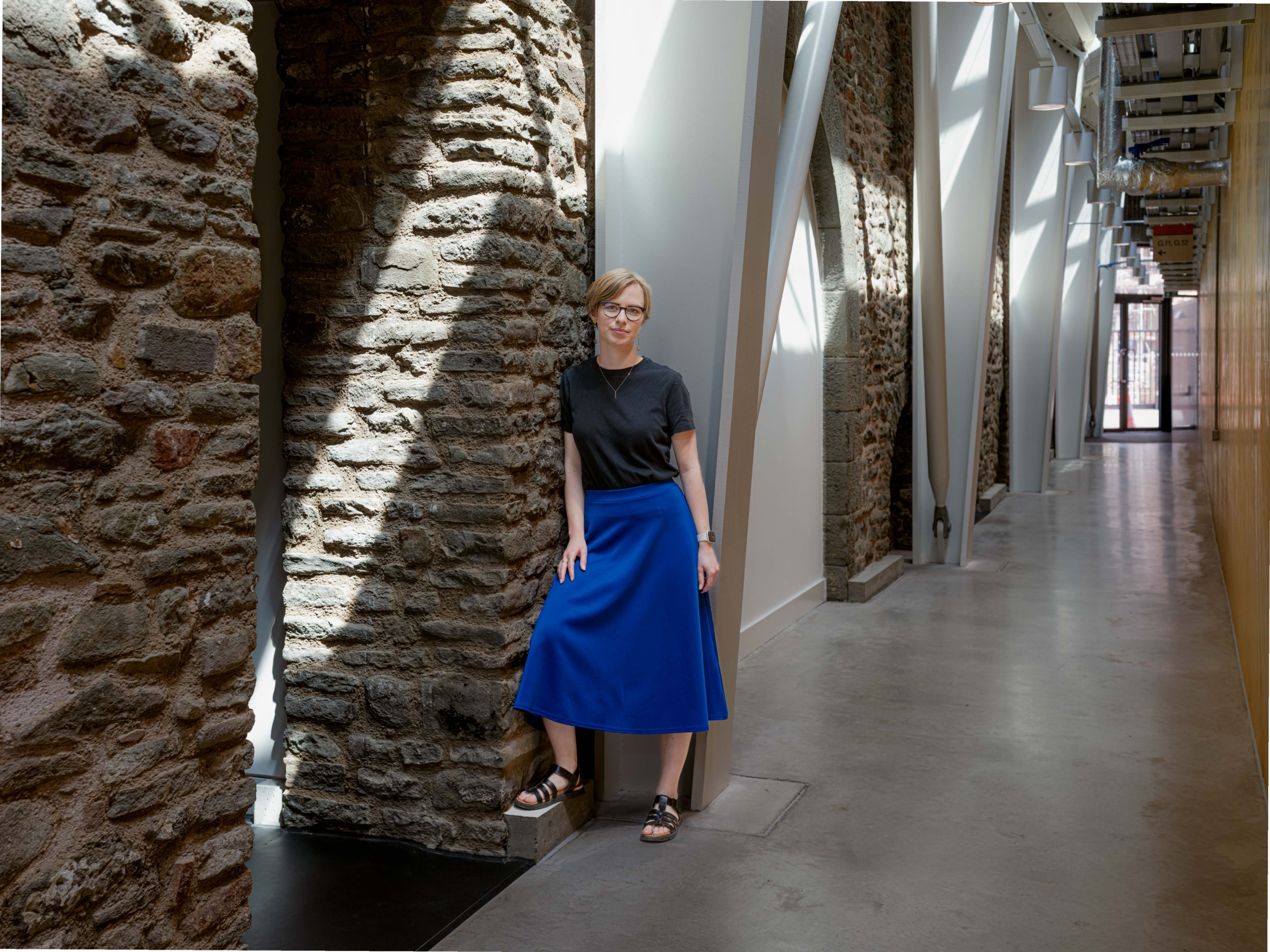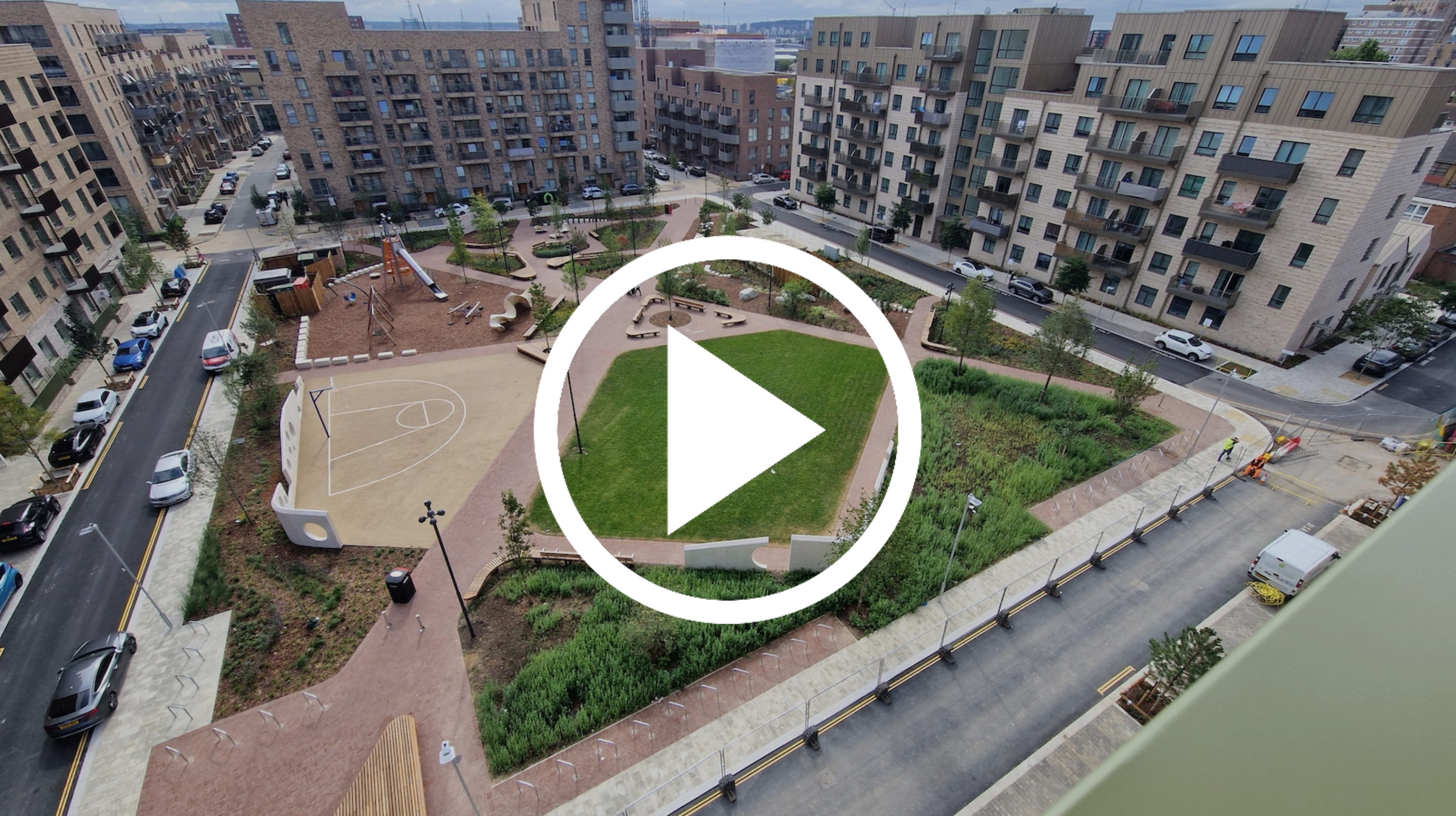Barbora Vanek
Nelly Greig2025-10-17T12:00:23+01:00Barbora Vanek is one of AHMM's five Building Performance Specialists. As the only one based in their Bristol office, she speaks to AT about the privilege of working across such a broad architectural portfolio; from challenges to triumphs.













